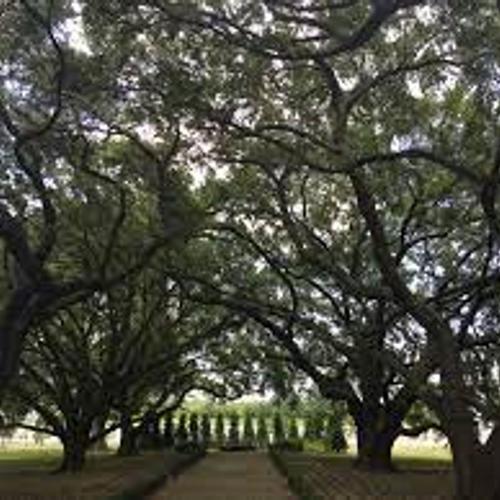
The Plantation: Then and Now - A Look at American African American History
Episode · 0 Play
Episode · 5:15 · Dec 6, 2021
About
Slavery and The PlantationSugar plantation in the British colony of Antigua, 1823Planters embraced the use of slaves mainly because indentured labor became expensive. Some indentured servants were also leaving to start their own farms as land was widely available. Colonists tried to use Native Americans for labor, but they were susceptible to European diseases and died in large numbers. The plantation owners then turned to enslaved Africans for labor. In 1665, there were fewer than 500 Africans in Virginia but by 1750, 85 percent of the 235,000 slaves lived in the Southern colonies, Virginia included. Africans made up 40 percent of the South’s population.According to the 1840 United States Census, one out of every four families in Virginia owned slaves. There were over 100 plantation owners who owned over 100 slaves.The number of slaves in the 15 States was just shy of 4 million in a total population 12.4 million and the percentage was 32% of the population.Number of slaves in the Lower South: 2,312,352 (47% of total population) 4,919 million.Number of slaves in the Upper South: 1,208,758 (29% of total population) 4,165 million.Number of slaves in the Border States: 432,586 (13% of total population) 3,323 million.Fewer than one-third of Southern families owned slaves at the peak of slavery prior to the Civil War. In Mississippi and South Carolina the figure approached one half. The total number of slave owners was 385,000 (including, in Louisiana, some free African Americans), amounting to approximately 3.8% of the Southern and Border states population.Tobacco fieldOn a plantation with more than 100 slaves, the capital value of the slaves was greater than the capital value of the land and farming implements. The first plantations occurred in the Caribbean islands, particularly, in the West Indies on the island of Hispaniola, where it was initiated by the Spaniards in the early 16th century. The plantation system was based on slave labor and it was marked by inhumane methods of exploitation. After being established in the Caribbean islands, the plantation system spread during the 16th, 17th and 18th centuries to European colonies in the Americas and Asia. All the plantation system had a form of slavery in its establishment, slaves were initially forced to be labors to the plantation system, these slaves were primarily native Indians, but the system was later extended to include slaves shipped from Africa. Indeed, the progress of the plantation system was accompanied by the rapid growth of the slave trade. The plantation system peaked in the first half of the 18th century, but later on, during the middle of 19th century, there was a significant increase in demand for cotton from European countries, which means there was a need for expanding the plantation in the southern parts of United States. This made the plantation system reach a profound crisis, until it was changed from being forcing slave labour to being mainly low-paid wage labors who contained a smaller proportion of forced labour. The monopolies were insured high profits from the sale of plantation products by having cheap labours, forced recruitment, peonage and debt servitude.
5m 15s · Dec 6, 2021
© 2021 Spreaker (OG)